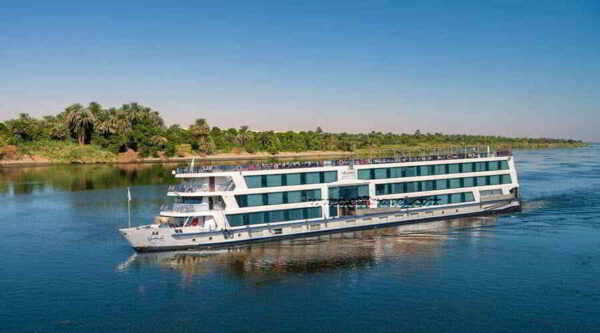About the great warrior “Tuthmosis III”
King Thutmose III is the son of King Thutmose II from his second wife. King Thutmose III is considered the founder of the modern Egyptian Empire. He assumed the throne while he was still young, and Queen Hatshepsut was his guardian.
King Thutmose III intended to record on his monuments a story explaining that he He ascended the throne based on the desire of the god “Amun”, as it was mentioned in the narrations that King Tuthmosis III, despite the softness of his nails, was devout and pure and always frequented the temple of the god “Amun” in Karnak.
King Tuthmosis III engraved a scene of his coronation on the walls of the Karnak Temple in a wonderful ceremony that falls and diminishes in front of that representative description in the form of inscriptions of all the imaginary conversations and stories that we see and hear about.
These inscriptions are still present on the southern outer wall of the buildings he built in the temple of the god “Amun” in Karnak.
Works carried out by King Tuthmosis III:
King Thutmose III built many temples and obelisks. Examples of the temples built by King Thutmose III include two temples in Thebes, one of the two temples next to the temple of Queen Hatshepsut in Deir el-Bahari. King Thutmose III also built the sixth and seventh giant gates and the celebration hall. In the Temple of Karnak, a temple was erected for the god “Ptah” in his homeland in Memphis. The temple contains three rooms, the first for the god “Ptah”, the second for “Hathor”, the goddess of Thebes, and the third for the goddess “Sekhmet”, wife of Ptah, where she is represented by a statue surmounted by a sun disk, and King Tuthmosis III completed it. The construction of the Temple of Habu was initiated by Queen Hatshepsut.
The most important obelisks erected by King Tuthmosis III :
One of two obelisks erected by King Thutmose III in front of the Temple of the Sun in Heliopolis, and it was transported to Alexandria by a Greek engineer called “Neptius.” Another obelisk located in Istanbul is one of two obelisks erected by King Thutmose III in front of the Seventh Pylon (Great Gate) of the Karnak Temple, and it was transported by Emperor “Theodorus” in the year 510 AD, and this obelisk represents the tallest obelisk among the obelisks, and another obelisk is located in New York in front of the Temple of the Sun and is currently standing in Central Park, where King Tuthmosis III ordered this obelisk to be moved in front of the eighth pylon of the Karnak Temple, but he died before completing its move.
The political prowess of King Tuthmosis III:
King Thutmose III was interested in education and was afraid of a rebellion in the various regions. King Thutmose III summoned the children of the princes of the Asian regions to the Egyptian capital, the city of Thebes, first to learn in its schools and to guarantee their loyalty secondly if they returned to their country and assumed power there.
Military life of King Tuthmosis III:
Texts and inscriptions during his reign testified to the military skill and heroic courage possessed by King Tuthmosis III, not only in Egypt but also outside it.
During his reign, nations began to ask for Egypt’s love and satisfaction, even though they had not submitted to Egypt before, such as the islands of the Mediterranean and the country of Khita. As a result of his skill and talent, which everyone witnessed, Thebes became not the capital of Egypt alone, but the capital of the ancient world as a whole. As a result of this, spoils flowed to Egypt from every side, which contributed to the progress of various fields in Egypt.
King Thutmose III is considered one of the most famous kings in ancient Egypt, as he sent more than 17 military campaigns, the most important and famous of which was the Battle of Megiddo, in which he achieved a great victory, when the princes of Syria and Palestine declared a rebellion led by the Prince of Kadesh, so King Thutmose III sent successive campaigns to Asia until he was able to defeat them at The city of Megiddo, and King Tuthmosis III recorded the events and history of the battle in detail in the Karnak Temple.
All of this is thanks to King Tuthmosis III’s interest in the army, as he made it a regular army equipped with knights, chariots, and modern equipment, as well as being proficient in making arrows and arrows, which made the Egyptian army the largest and strongest army in the region.
King Tuthmosis III’s interest in managing the country’s internal affairs:
Before King Thutmose III thought about expansion and securing the country from the invasion of Egypt by neighboring countries, King Thutmose III took care of the affairs of managing that sprawling Egyptian state, which extends from the western borders of Iraq and northern Syria to central Sudan at the Fourth Cataract.
Where King Tuthmosis III appointed an Egyptian governor over all of those countries to rule them, secure them, and prevent their rebellion, This governor was assisted by a number of administrative employees and scribes. This governor was headed by the princes of those countries, as he collected tribute from the population and provided supplies for the Egyptian army forces present there. Among the most important… The tasks of that governor are to suppress any rebellious movement taking place in that country through the Egyptian soldiers present there without referring to the King of Egypt.
Unless the rebellion was major, he would seek help from King Tuthmosis III.
Death of King Tuthmosis III:
King Thutmose III died in 1426 BC, and was buried in the tombs of the Valley of the Kings on the western shore of the ancient city of Thebes, after he had sat on the throne of Egypt for a full fifty-four years, as mentioned on the walls of his tomb that was discovered in 1898, as its walls are filled with inscriptions of the gods and decorated with them. A long list of the names of the gods, but the coffin of King Tuthmosis III was found empty, as his mummy was transferred to the Deir el-Bahri cache after thieves tampered with it, smashed the coffin and stole the jewelry and gold on it, causing physical damage to the mummy.
Egypt Tours to The Monuments Built by King Tuthmosis III
-
From $1440 🎗 10% OFFAswan, Cairo, Egypt, Luxor

 Sale! Add to cart
7 Days Deluxe Nile cruise + Domestic Flights
Sale! Add to cart
7 Days Deluxe Nile cruise + Domestic Flights7 Days Tour To Egypt with Cairo, Aswan, Luxor, and Nile Cruise
Rated 5.00 out of 5Nile Cruise$2,000.00$1,600.007-Days Tour To Egypt with Cairo, Aswan, Luxor, and Nile Cruise Egypt Cruis Era provides you with a 7 days tour to Egypt that covers the essentials of Cairo, Aswan, Luxo -
From $1077 🎗 0% OFFCairo, Hurghada, Luxor

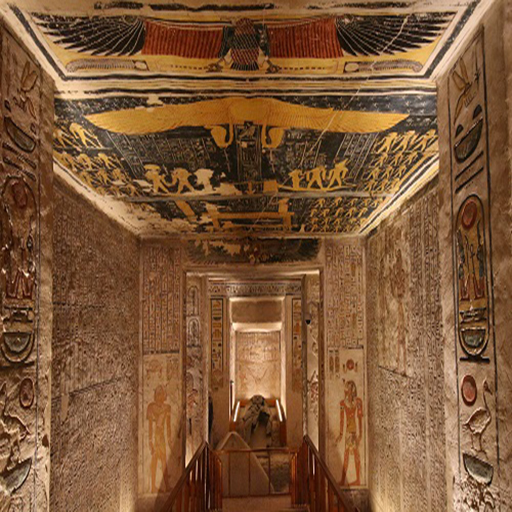 Sale! Add to cart
6 Days Deluxe Nile cruise + Domestic FlightsWhy you’ll love this trip: Enjoy this amazing package, give yourself a chance to visit the great historical sites of Egypt. Relax for few
Sale! Add to cart
6 Days Deluxe Nile cruise + Domestic FlightsWhy you’ll love this trip: Enjoy this amazing package, give yourself a chance to visit the great historical sites of Egypt. Relax for few -
Why you’ll love this trip: Explore all that Luxor has to offer on this comprehensive 2-day tour of the area. Visit key landmarks like the Valley of the
-
From $1710 🎗 10% OFFAbu Simbel, Aswan, Cairo, Egypt, Luxor
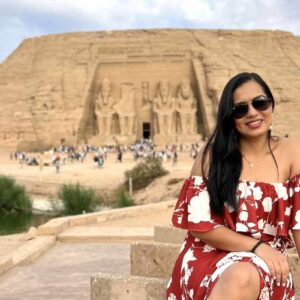
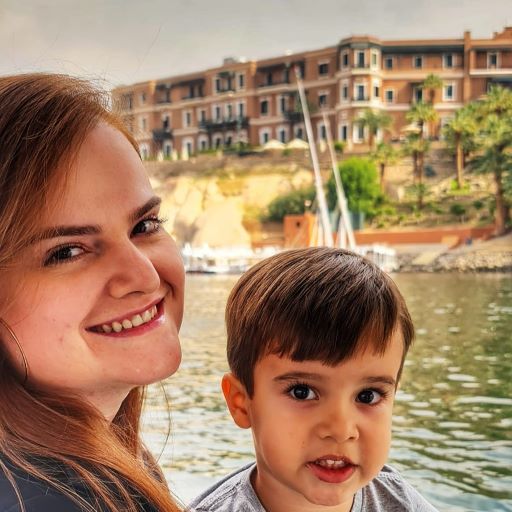 Sale! Add to cart
8 Days Deluxe Nile cruise + Domestic Flights
Sale! Add to cart
8 Days Deluxe Nile cruise + Domestic Flights8 Days Egypt Tour with Pyramids, Nile Cruise and Abu Simbel
Rated 5.00 out of 5Nile Cruise$2,300.00$1,900.008 Days Egypt Tour with Pyramids, Nile Cruise and Abu Simbel Egypt’s fascinating history will immerse you in 5000 years of narrative in just 8 days, beginning with t -
From $2053 🎗 0% OFFAbu Simbel, Aswan, Cairo, Edfu, Kom Ombo, Luxor

 Sale! Add to cart
10 Days Deluxe Nile cruise + Domestic Flights
Sale! Add to cart
10 Days Deluxe Nile cruise + Domestic Flights10 Day Cairo, Alexandria, Luxor, Abydos, Aswan and Abu Simbel
Rated 5.00 out of 5Egypt Tour Packages$3,500.00$2,800.00Why you’ll love this trip: Explore the great and historical Egypt including: Cairo, Alexandria Luxor, Edfu, Kom Ombu, Aswan & Abu Simbel. You’ll -
From $89 🎗 0% OFFEdfu, Kom Ombo, Luxor
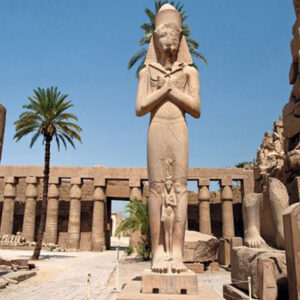
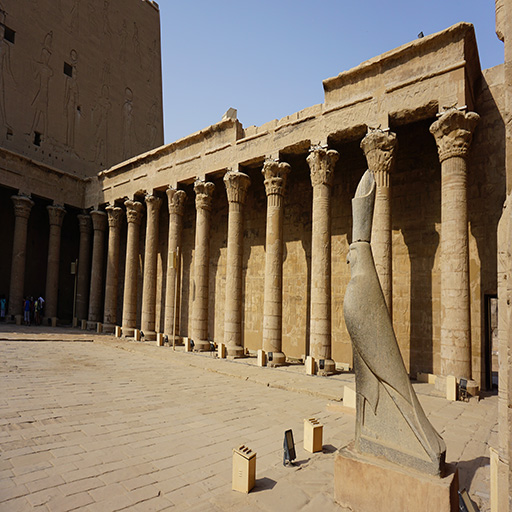 Sale! Add to cart
12 hours Deluxe Nile cruise + Domestic FlightsWhy you’ll love this trip: Very comfortable – Pickup and drop off from / to your location in Luxor Private and comfortable spacious Air Conditioned veh
Sale! Add to cart
12 hours Deluxe Nile cruise + Domestic FlightsWhy you’ll love this trip: Very comfortable – Pickup and drop off from / to your location in Luxor Private and comfortable spacious Air Conditioned veh





